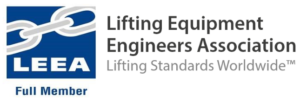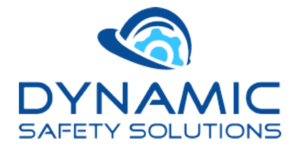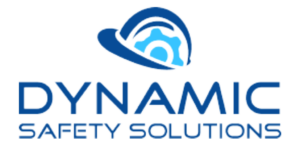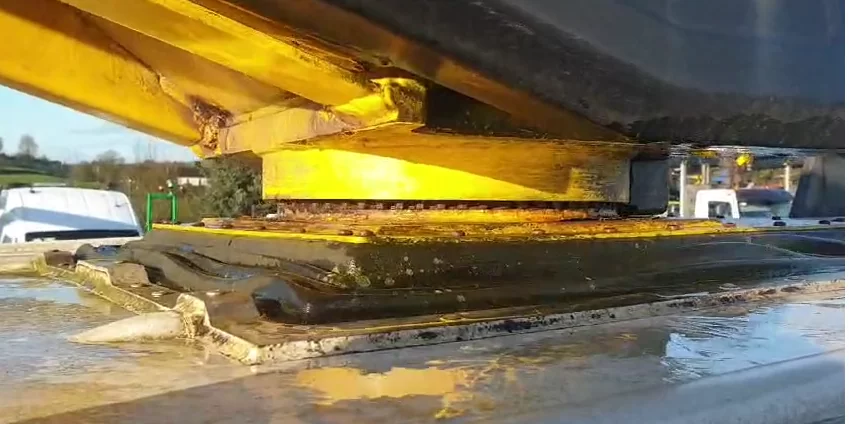What is slew ring play?
Slew rings are a critical component of many types of machinery, including excavators, cranes, and wind turbines. They allow for smooth rotational movement under heavy loads. However, over time, these rings can develop what’s known as “play” – unwanted movement or looseness – which can compromise the equipment’s safety and functionality.
A small amount of play is expected and acceptable in any slew ring. But excessive play is a warning sign that shouldn’t be ignored. It often indicates wear or mechanical issues that, if left unresolved, may result in major safety risks and expensive repairs.
Common causes of excessive play
- Wear and Tear: Over time, even with proper use, the internal components of the slew ring will wear, especially if under constant heavy loads.
- Improper Installation: Incorrect fitting or poor alignment can cause uneven pressure distribution, leading to premature wear.
- Insufficient Lubrication: Lack of proper lubrication increases friction and accelerates deterioration.
- Overloading: Operating beyond the specified weight capacity leads to stress and deformation.
- Contamination: Dirt and moisture entering the slew ring housing can degrade seals and surfaces.
Why excessive play is a serious issue
Ignoring excessive play can result in:
- Operational Failures: Precision and control are lost, making equipment unpredictable and unsafe.
- Safety Hazards: In extreme cases, structural failure could lead to injury or damage.
- Costly Repairs: Worn-out slew rings can lead to damage to adjacent components.
- Increased Downtime: Machines may require extended repair periods, delaying projects and increasing costs.
Inspection and maintenance tips
To avoid issues with slew rings:
- Regular Inspections: Routinely check for signs of excessive movement or noise. Compare measurements against the manufacturer’s specs.
- Monitor Torque: Loose bolts can be an early indicator of ring degradation. Regular torque checks help catch issues early.
- Lubrication Schedule: Adhere strictly to recommended grease intervals. Use the correct type of lubricant specified for your equipment.
- Visual Checks: Look for cracked seals, rust, or other signs of contamination.
When to call the experts
If your inspection reveals excessive play or uncertainty about your equipment’s condition, it’s time to consult professionals.
Dynamic Safety Solutions offers comprehensive LOLER and GA1 inspections, including slew ring assessments. Our team of qualified engineers provides:
- Onsite inspections at times that suit your operations
- Cloud-based access to certificates and records
- Guidance on repair vs replacement options
- Preventive maintenance scheduling support

Don’t risk it. Stay compliant and safe.
Get peace of mind with Dynamic Safety Solutions – your compliance partner for equipment testing and inspection. Contact us today to book your slew ring inspection or learn more about our managed services.
👉 Explore Our Equipment Inspection Services
👉 Contact Our Experts









